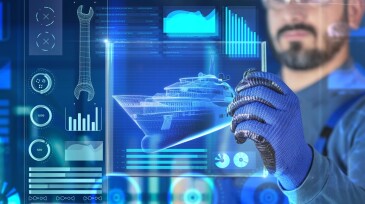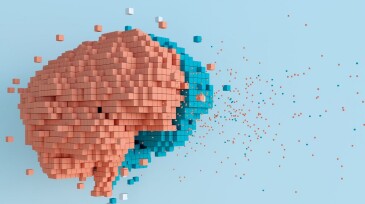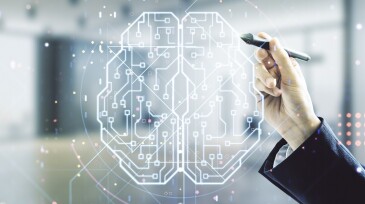AI/machine learning
Aurora Innovation and Detmar Logistics have inked a deal for 30 autonomous trucks that will begin hauling sand in the region next year.
Sustainability in reservoir management emerges not from standalone initiatives but from integrated, data-driven workflows, where shared models, closed-loop processes, and AI-enabled insights reduce fragmentation and make sustainable performance a natural outcome.
Sponsored
In oil and gas operations, every decision counts. For more than 2 decades, SiteCom has been the trusted digital backbone for well operations worldwide, driving insight, collaboration, and efficiency.
-
This paper describes a method to determine rig state from camera footage using machine-learning-based vision-analytics approaches.
-
This paper describes the current challenges faced by energy companies, the implications of observable industry trends, the characteristics that potential cybersecurity solutions must meet, and how artificial intelligence (AI) and machine learning (ML) can meet these requirements.
-
The machine-learning techniques applied in this study aim to deliver a fouling-prediction model based on both simulation and real-time field data.
-
The register aims to help the maritime industry embrace technology advances in artificial intelligence.
-
The most promising AI approach you’ve never heard of doesn’t need to go big.
-
The ethics of artificial intelligence (AI) has become an important topic in the application of AI and machine learning in the past several years. This second part of a two-part series presents the relevance and use of the ethics of AI in engineering applications. Part 1 explains the evolution and importance of AI ethics.
-
The ethics of artificial intelligence (AI) has become an important topic in the application of AI and machine learning in the past several years. This first part of a two-part series explains the evolution and importance of the ethics of AI. The second part will present its relevance and use in engineering applications.
-
The downtime of manufacturing machinery, engines, or industrial equipment can cause an immediate loss of revenue. Reliable prediction of such failures using multivariate sensor data can prevent or minimize the downtime. With the availability of real-time sensor data, machine-learning and deep-learning algorithms can learn the normal behavior of the sensor systems, dis…
-
Privacy concerns about AI systems are growing. So researchers are testing whether they can remove sensitive data without retraining the system from scratch.
-
This paper describes an artificial intelligence deep Q network for field-development plan optimization.













